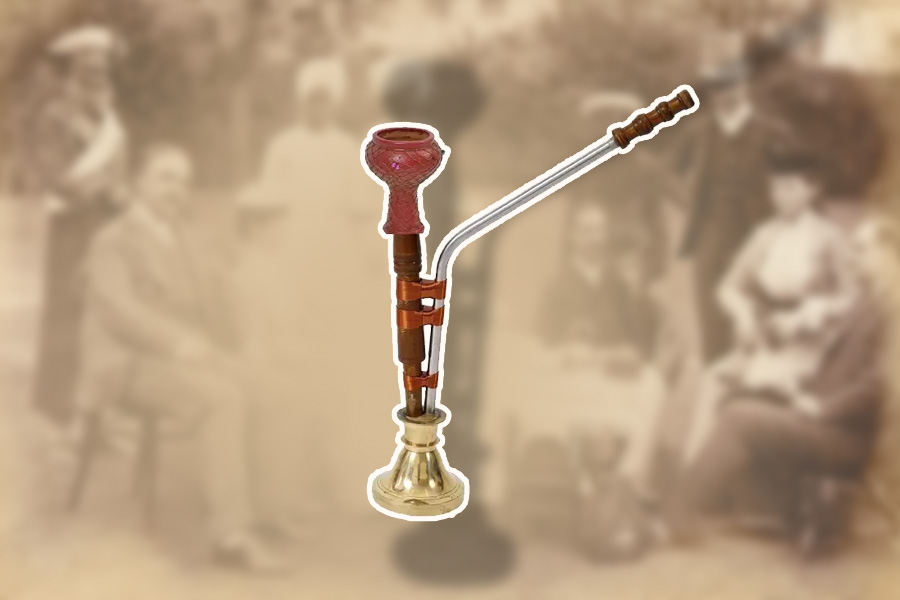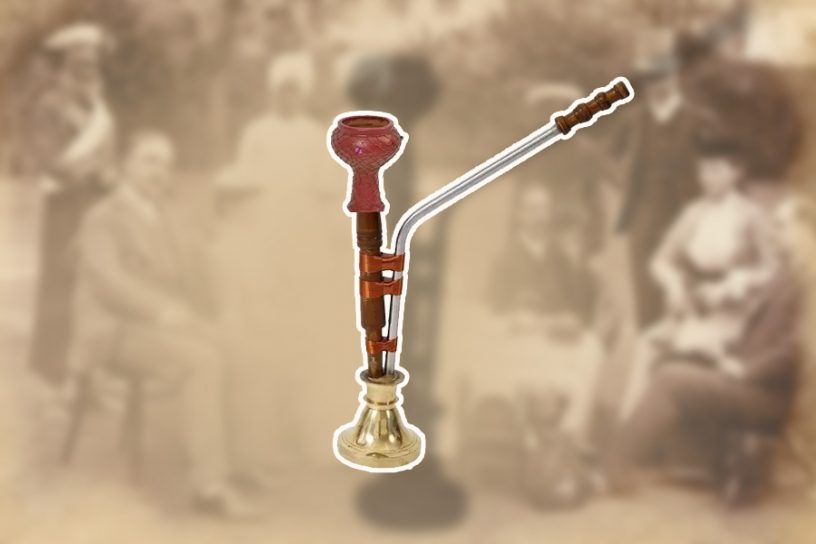
Hookahs appeared simultaneously as smoking instruments, decorative artefacts and visual signs of surplus colonial enjoyment in memoirs, travelogues and paintings from the long nineteenth century.
Author
Arup K. Chatterjee, Associate Professor, Jindal Global Law School, O.P. Jindal Global University, Sonipat, Haryana, India.
Summary
Over the course of its Anglo-Indian career, the hookah began as an archetype of colonial hybridity in eighteenth-century Bengal, before entering nineteenth-century London and its consumer sensorium as a seductive Oriental artefact, through travelogues, hookah clubs, Indian-styled diwans and a massive cataloguing of Eastern artefacts culminating in the Crystal Palace Exhibition (1851) and the Colonial and Indian Exhibition (1886).
Hookahs appeared simultaneously as smoking instruments, decorative artefacts and visual signs of surplus colonial enjoyment in memoirs, travelogues and paintings from the long nineteenth century.
The hookah’s decline in nineteenth-century colonial culture was camouflaged by general alarm over its degenerative effects on moral and sexual codes, well after its imperiality ran its course. In its long colonial career, the hookah symbolized colonial hybridity and surplus imperial enjoyment that surpassed its materiality.
Whether in Britain or India, colonial hybridity, as symbolized by the hookah, was virtualized in nonlocal and anachronistic Anglo-Indian spaces, thus marking a remarkable digression from histories of coercive militarist, economic and political control that are so closely intertwined with the East India Company and Empire.
Published in: Journal of the Economic and Social History of the Orient
To read the full article, please click here.


